One of my goals is to make it easier to work on projects. Tiny components (surface mount parts, tiny screws, small labeling, etc.) present a challenge and as a result I keep trying different methods and devices to help me view them better and hence make working with them easier.
Some of what I've tried so far:
- Simple Magnifying Glasses – hand
held and fixed
- need to be very close to object being viewed
- Reading glasses (various
magnifications)
- higher the magnification → closer you need to be to what you are viewing
- Binocular Microscope
- works quite well but still need to be bent over the scope
- a movable stage would improve its ease of use
- USB Microsope
- not much experience but they can have a bit of a delay (what you see can be a fraction of a second behind what is happening at the moment).
- Video Scope – NTSC camera,
lenses and composite display
- works reasonably well
- may be able to improve by moving view screen lower and angling it
- works reasonably well
I'm testing and trying out other optical and video approaches to find an efficient and cost effective solution.
 Tom Meehan
Tom Meehan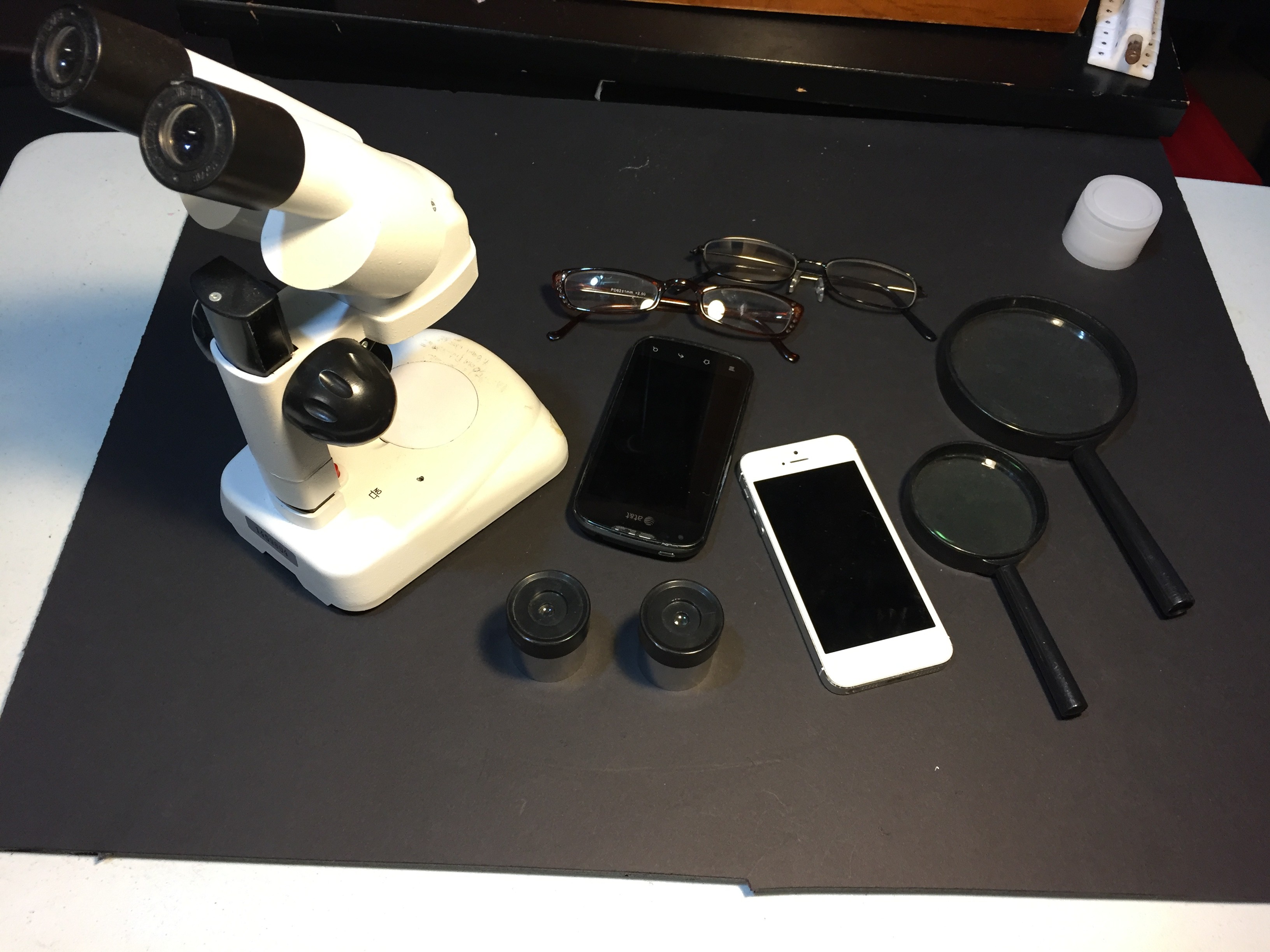
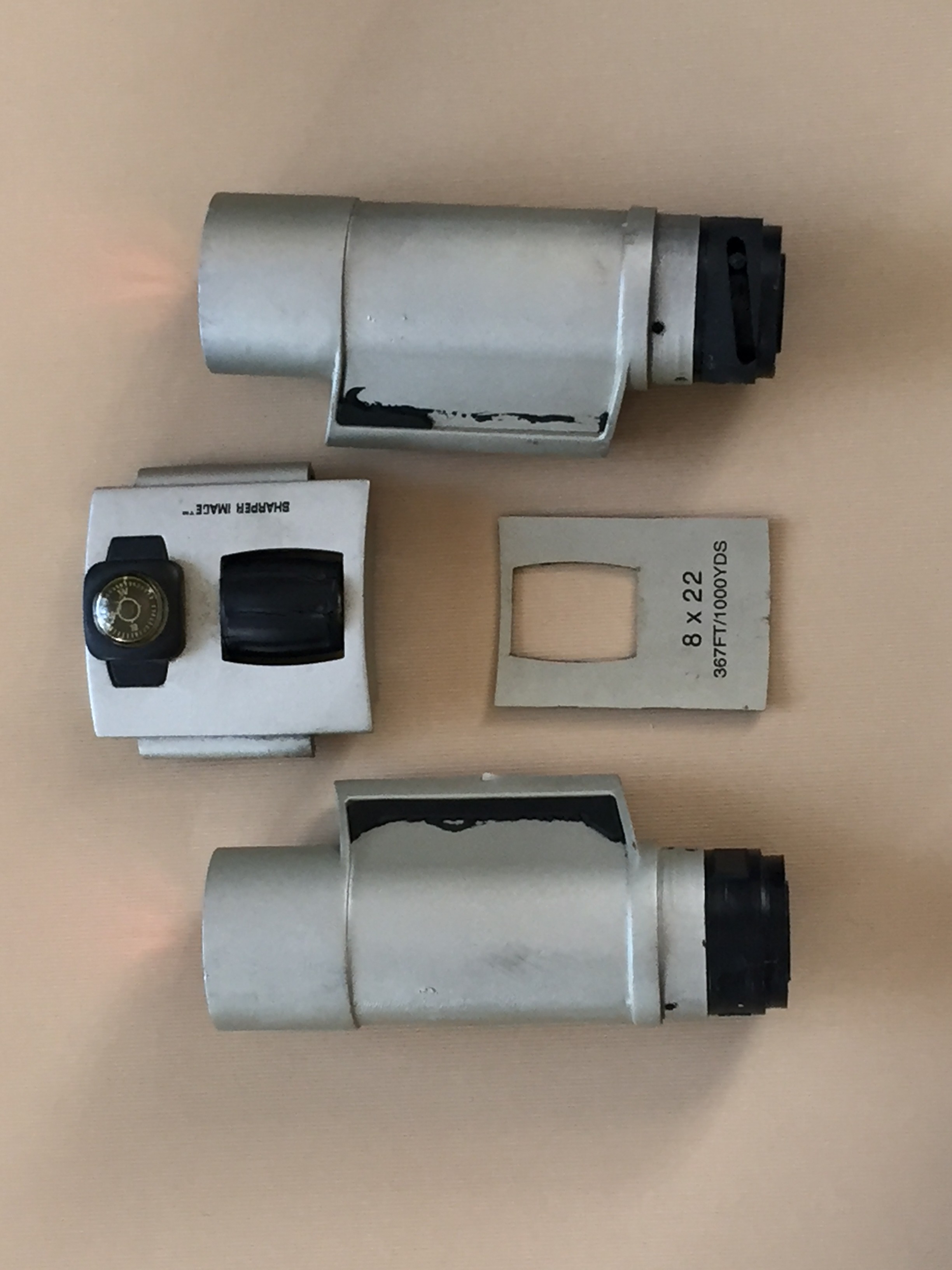
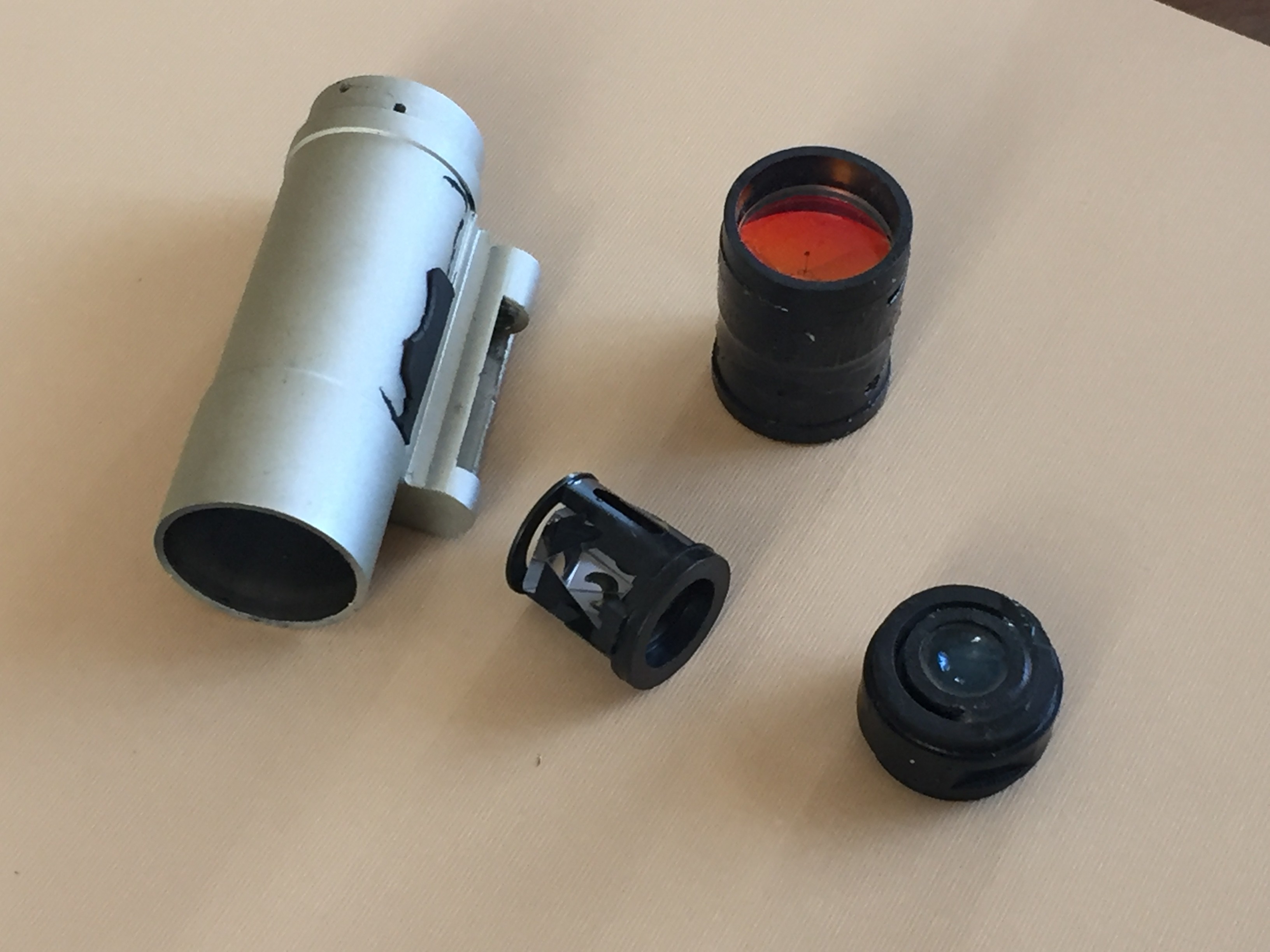
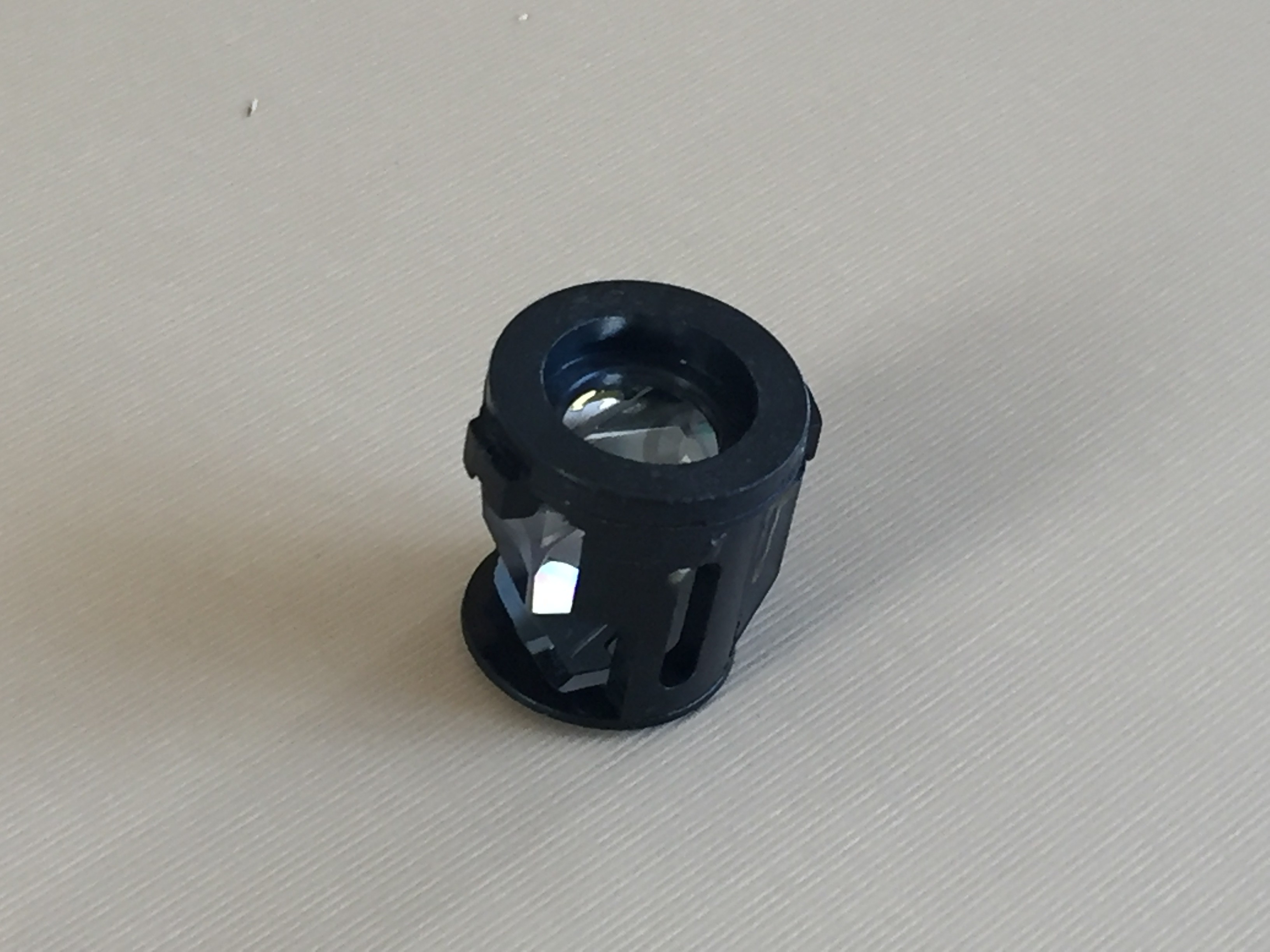
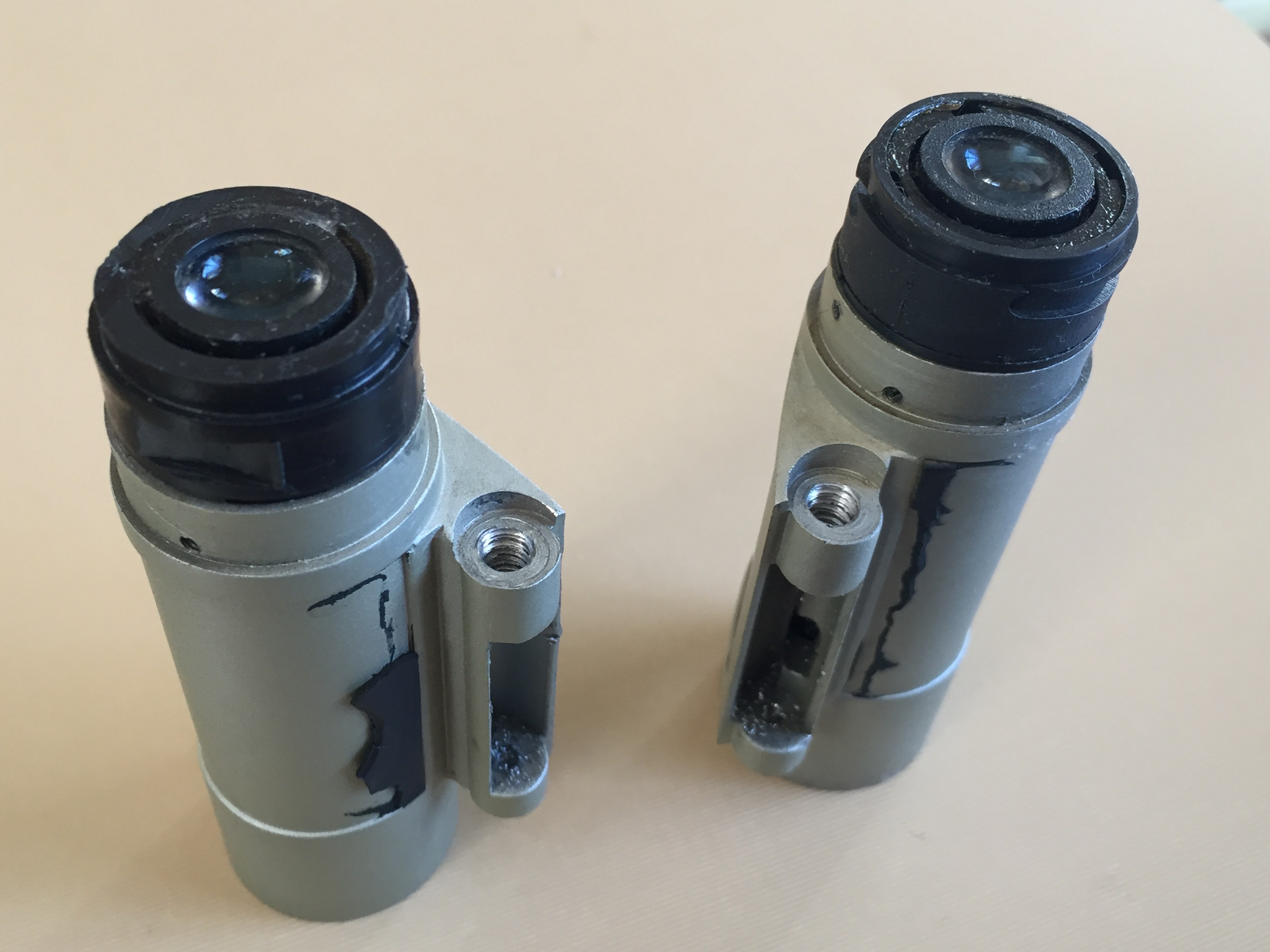
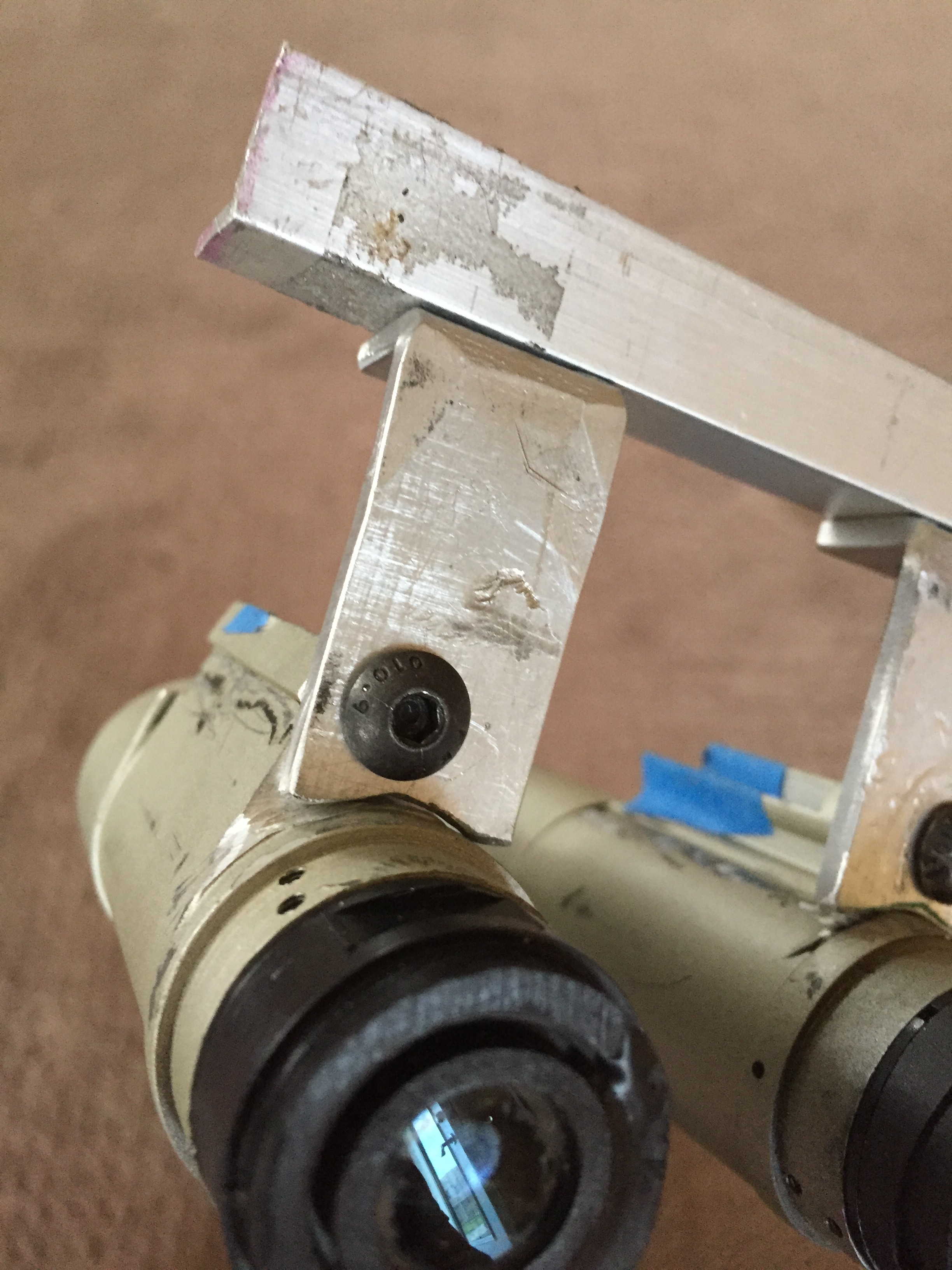
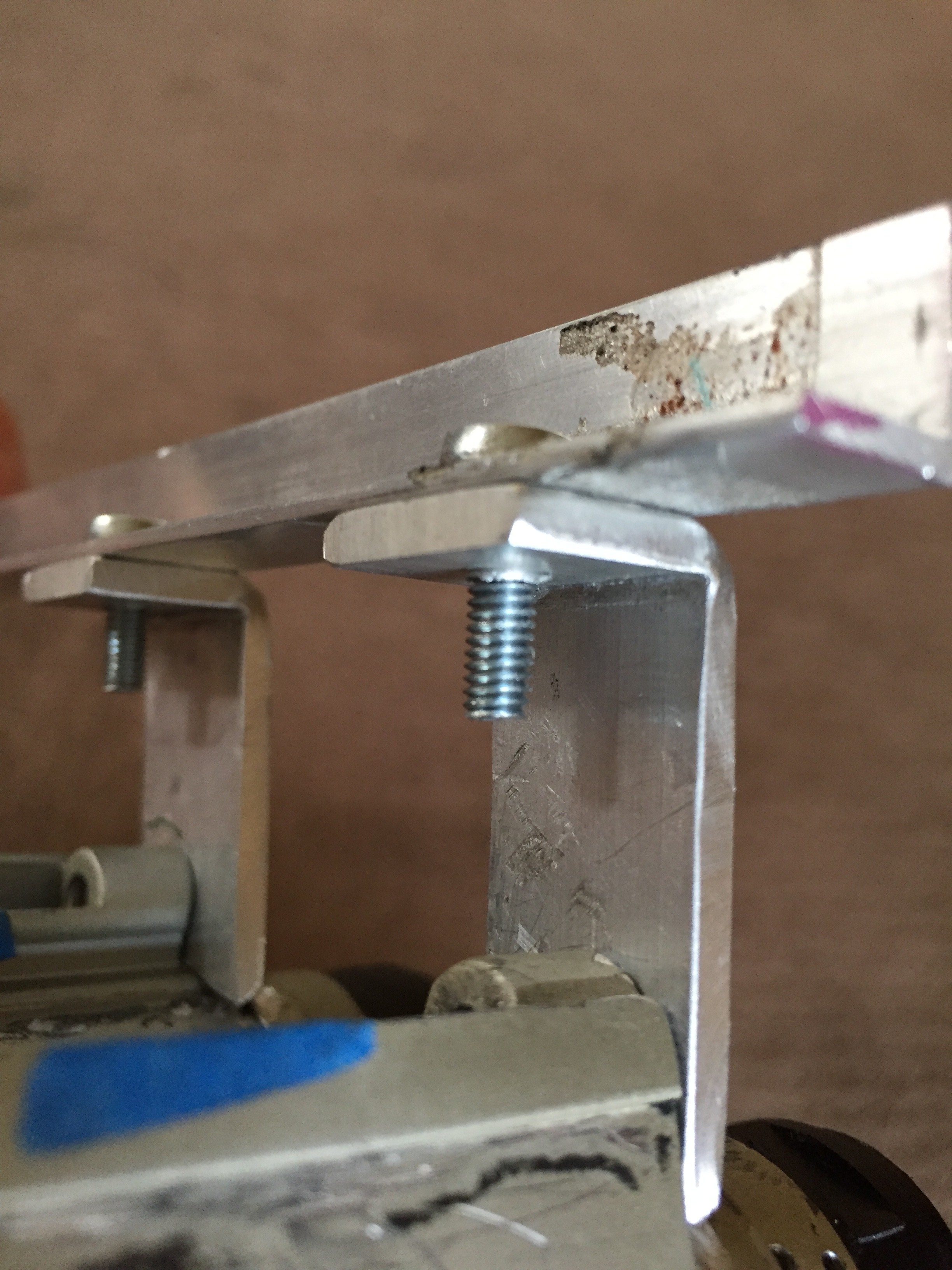
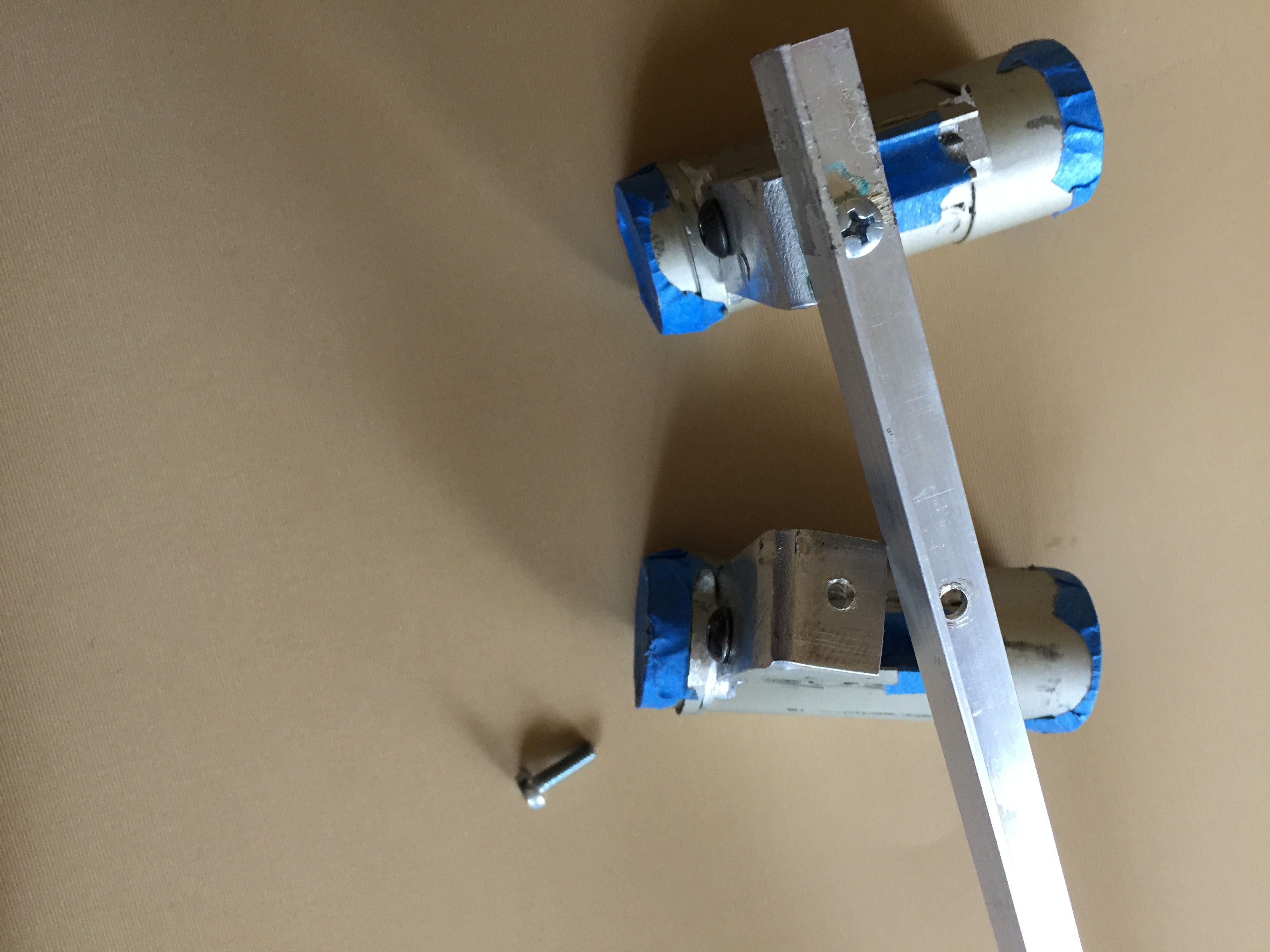
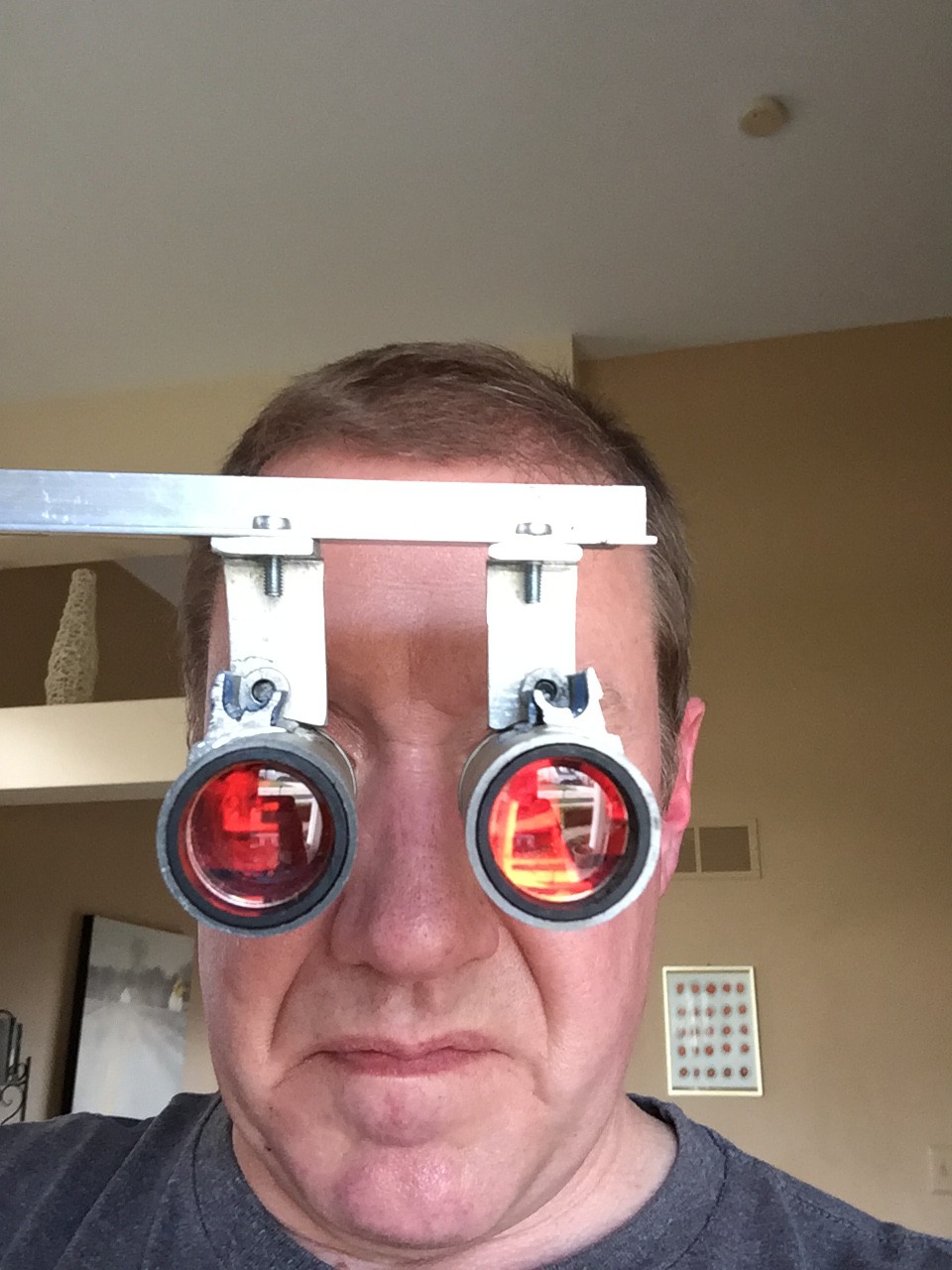
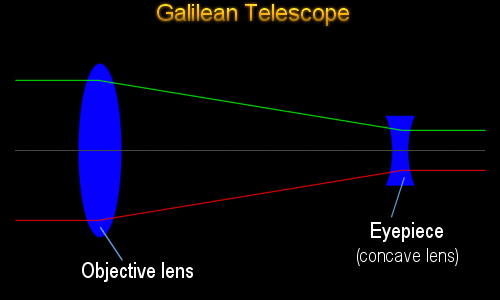
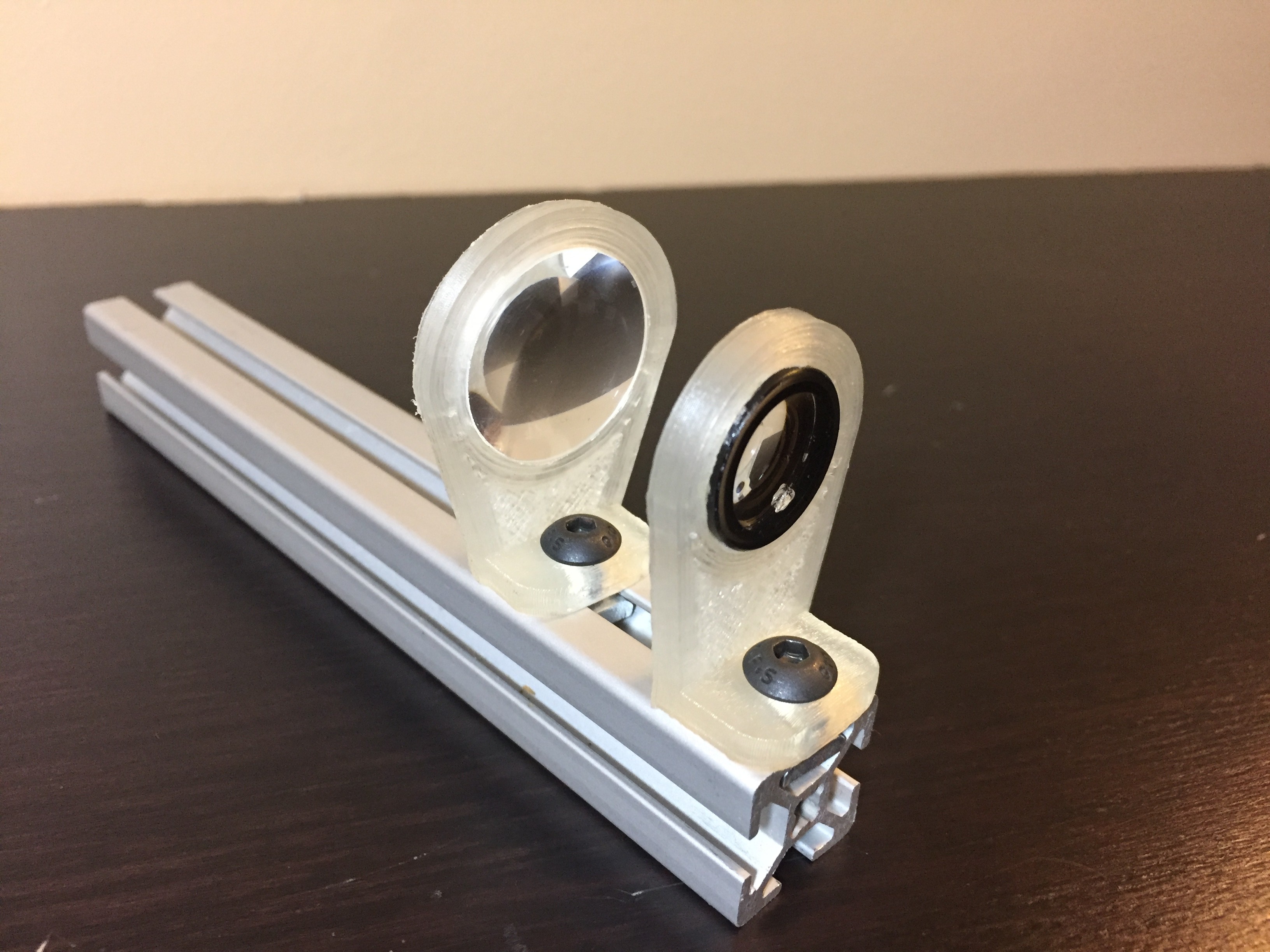
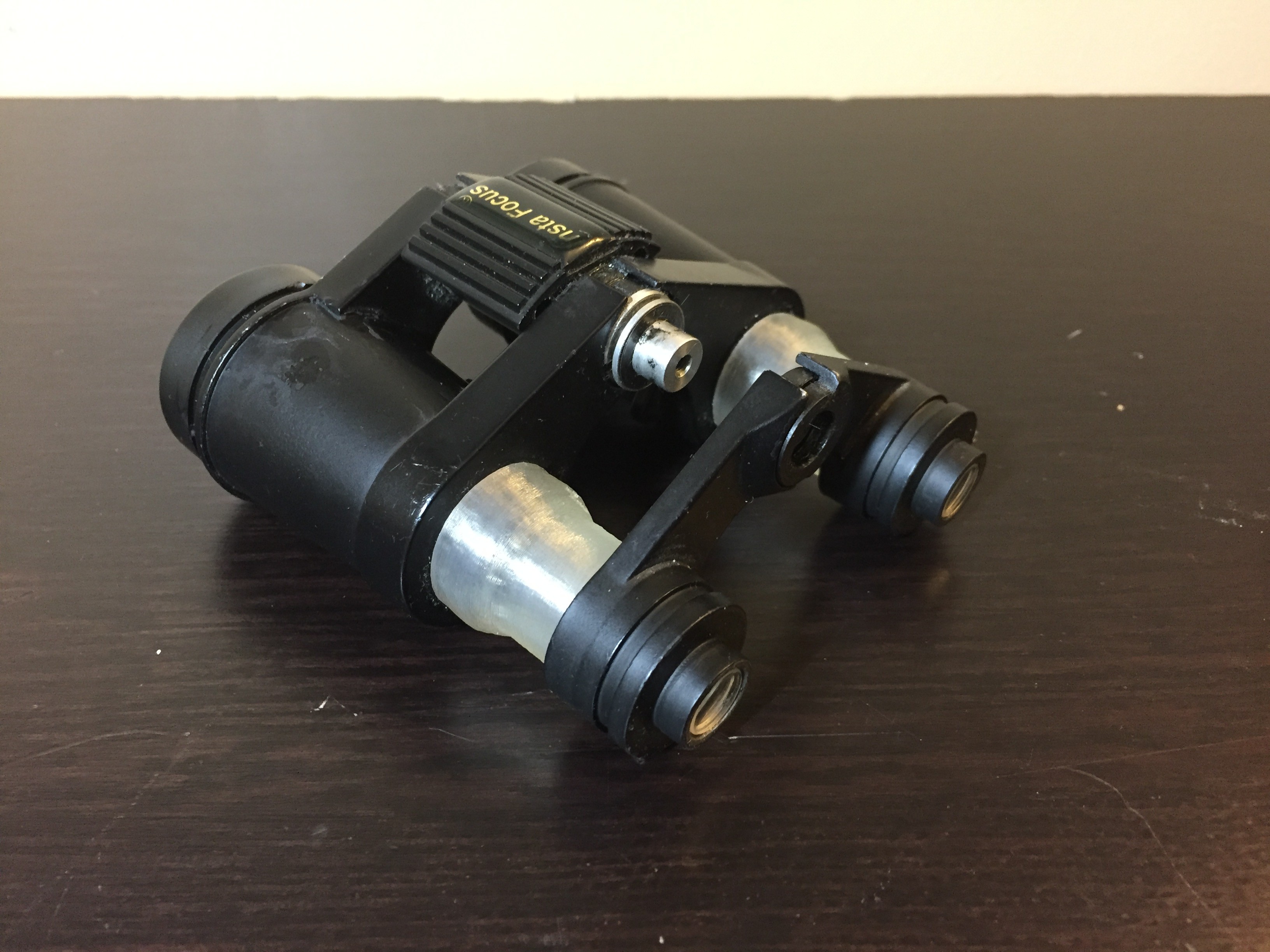



A little late to the party but I found this article that I think will be very helpful if you decide to move forward (if you haven't already) with the Galilean loupes. I'm thinking om making some myself. http://www.sunbeamdental.com/loupes_dentistry_formatted.pdf